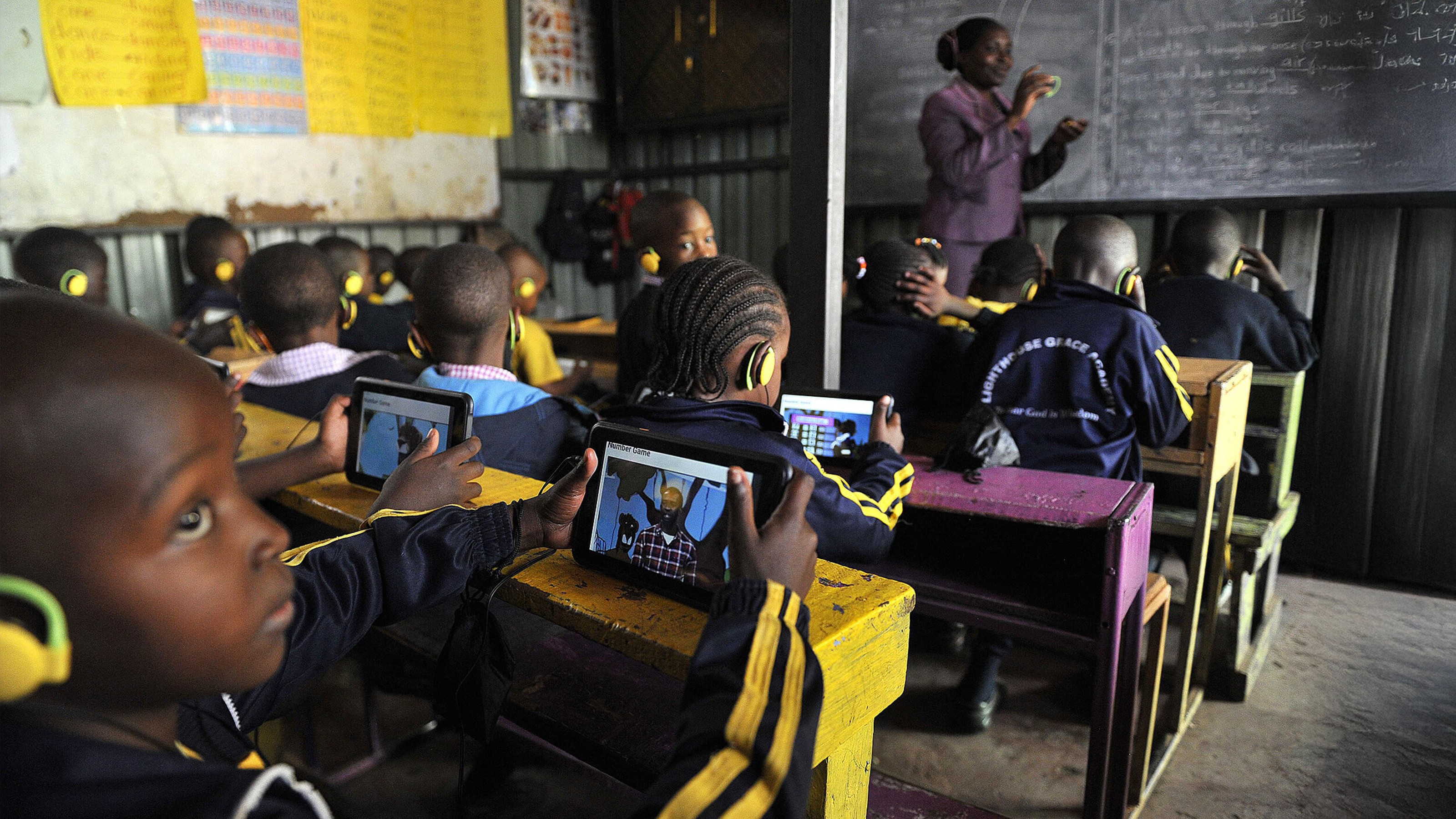MIT students now generate their own strains of e coli for class projects. But synthetic biology is about to get a whole lot bigger.
Question: What are the latest frontiers in synthetic biology?
Carl Zimmer: So synthetic biology is in a way a very new kind of science and not so new in another way. In the late 1960’s scientists were figuring out sort of the basic molecular workings of life and they were understanding it so well, particularly in little organisms like e-coli and bacteria that they said you know we might be able to actually engineer living things and so the first really spectacular example of that was with e-coli. What scientists did was take a gene for insulin for human insulin, the kind of insulin we make in our own bodies and inserting that into e coli and so now you have e-coli with this gene actually churning out human insulin and so a lot of diabetics today actually get their insulin from e coli. It doesn’t say e coli on the box, but that is where it comes from. So that went by the name of genetic engineering and basically gave rise to the whole biotechnology industry, which is about an 80 billion dollar industry today.
So more recently scientists have said maybe we can take this further. Rather than just sticking one or two or three genes into a host microbe for example you know maybe we can tailor entire networks of genes that can do really sophisticated new things and so what they’re trying to do is they’re trying to think about e coli or any other microbe or cell as kind of a network in the same way that you could think of the circuits in a cell phone as a network and so they just take the point of view of an engineer and they just say I’m going to rearrange this network, I’m going to plug in new units and make this network work differently and do new things, things that you might never imagine living things doing before.
Right now synthetic biology is still in kind of the science fair state I would call it and actually if you got to MIT every year they have a contest for students. So these undergraduates get together and they say, “Hey, wouldn’t it be cool if for example we could make e coli flash in these pretty colors?” “Let’s make e coli that gives off rainbows of colors.” Or, “Let’s make e coli that gives off the odor of spearmint because normally e coli smells pretty nasty, so let’s make the nice smelling e coli.” And it takes undergraduates a few weeks in the summer to do just that, which is amazing and a little scary that even an 18 year-old has the power to transform life in ways that it has never been transformed before. The reason that they can do this all is because there are now these online databases of genes and they’re basically laid out kind of like you would look in a catalog of circuit parts for example and you can say, “I want that.” “I want that.” “I want that and I’m going to plug them together to make them do whatever it is I want them to do.” Now we’re going to go very rapidly from the science-fair stage to the industrial stage. I mean there is a huge amount of investment in synthetic biology now. One of the really spectacular possible advances is using e coli or maybe yeast to make medicine for malaria. There is a very effective medicine for malaria that comes from a plant called a wormwood plant, which normally grows in Asia. The problem there is that it’s hard to raise the plant and then isolate this drug from it. It’s called Artemisia. It’s expensive and it’s slow and it keeps the price pretty high. So the hope is that scientists at the University of California Berkley are going to be able to program yeast by just plugging in genes from different kinds of plants to churn out a precursor of Artemisia in huge amounts and then you can just take that and just refine it a little bit and boom, you’ve got incredibly cheap drugs for malaria, which you know you could theoretically distribute around the world or actually you could just take these yeast themselves and setup tanks of them in different parts of the world, so you could have them churning out this medicine on site.
Recorded on January 6, 2010
Interviewed by Austin Allen





